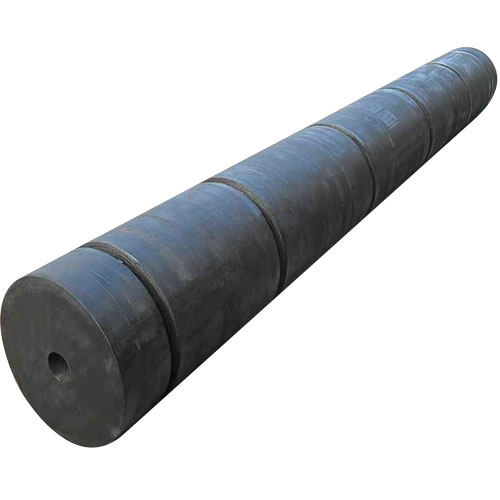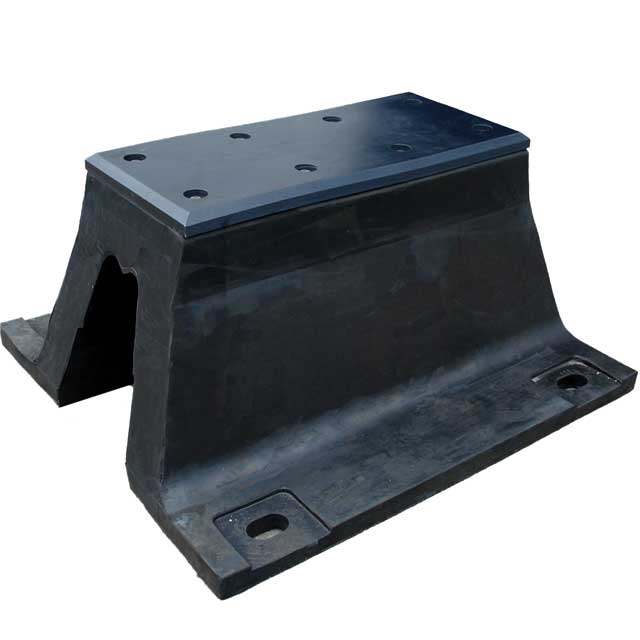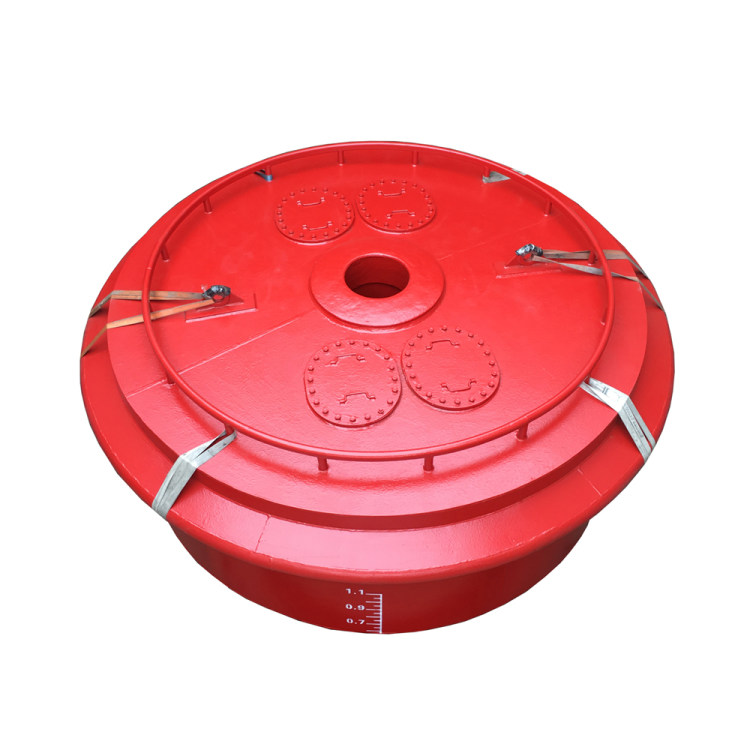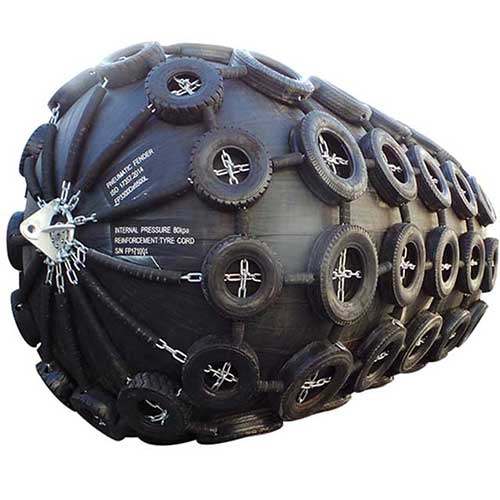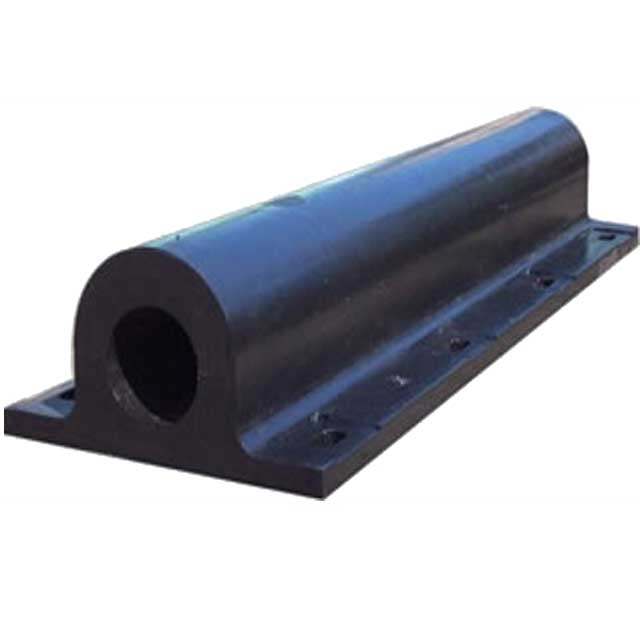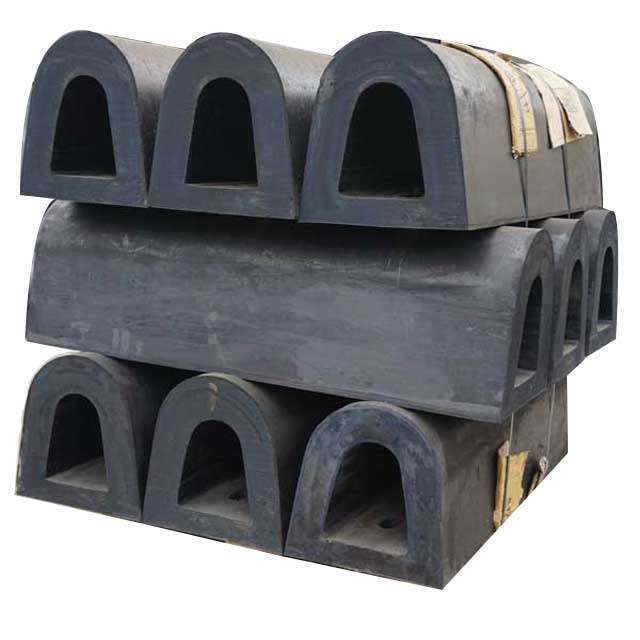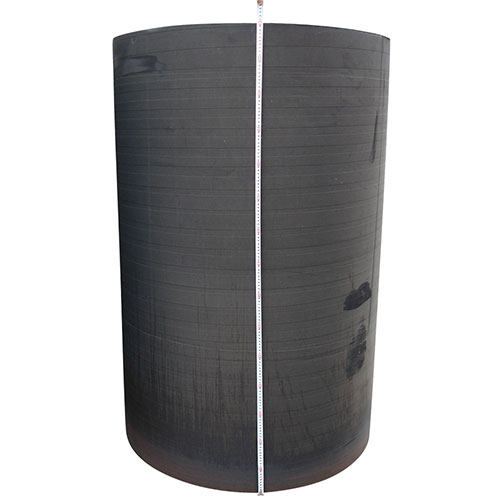Solutions for Rapid Installation and Replacement of Rubber Fenders
Rubber fenders are crucial for protecting vessels in the marine vessels and port infrastructure from damage when the berthing. However, the installation and replacement of these heavy-duty systems can be labor-intensive and time-consuming, if they are not handled using the appropriate methods and techniques. As the demands for global shipping increase and port turnaround times for ports shrink, effective solutions for rapid installation and replacement of rubber fenders are becoming more and more important.
Table of Contents
Understanding Rubber Fenders
Rubber fenders are vital protection components that are that are used within marine areas to disperse and absorb the energy produced in the event that a boat comes in contact with docks or the quay. The fenders are designed to protect against structural damage to vessels and port infrastructure They are made of high-durability rubber materials with excellent strength as well as weather resistance and impact absorption. Available in different shapes like cone fenders, cylindrical fenders, D-type fenders, etc. The rubber fenders are selected according to factors such as the size of the vessel, the speed at which berthing occurs and tidal pressure. Understanding their functions along with the material’s properties and the correct installation is crucial to ensure safety and efficiency docking operations.
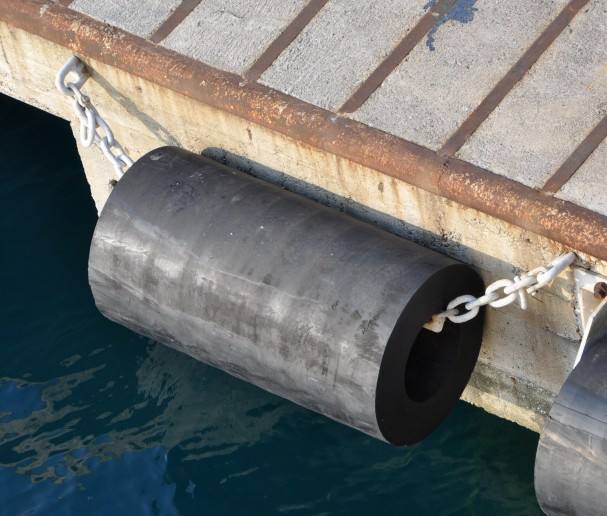
Challenges in Traditional Installation and Replacement of Rubber Fenders
| Challenge | Description | Impact |
| Time-Consuming Processes | Drilling, alignment, and fastening prolong installation time | More frequent vessel breakdowns and increased cost of labor |
| Heavy Manual Labor | Large fenders require considerable personnel to install and position them | Greater risk of fatigued workers and injuries |
| Inaccurate On-Site Adjustments | Incorrect alignment and uneven mounting because of the lack of prefabrication | Structural integrity and performance are compromised. |
| Corrosion of Fixings | Traditional materials can be degraded in marine environments. | A difficult removal process and a reduced life |
| Lack of Standardization | Custom or inconsistent designs make replacement more complex | Lead times extended and problems with compatibility |
| Limited Access in Confined Areas | Space limitations restrict installation, especially when retrofitting | More sluggish operations and the need for specific equipment |
| Environmental Conditions | Extreme weather conditions and variations in tidal levels make it difficult to plan and execute | Installation delays and an increased chance of fitting that isn’t correct |
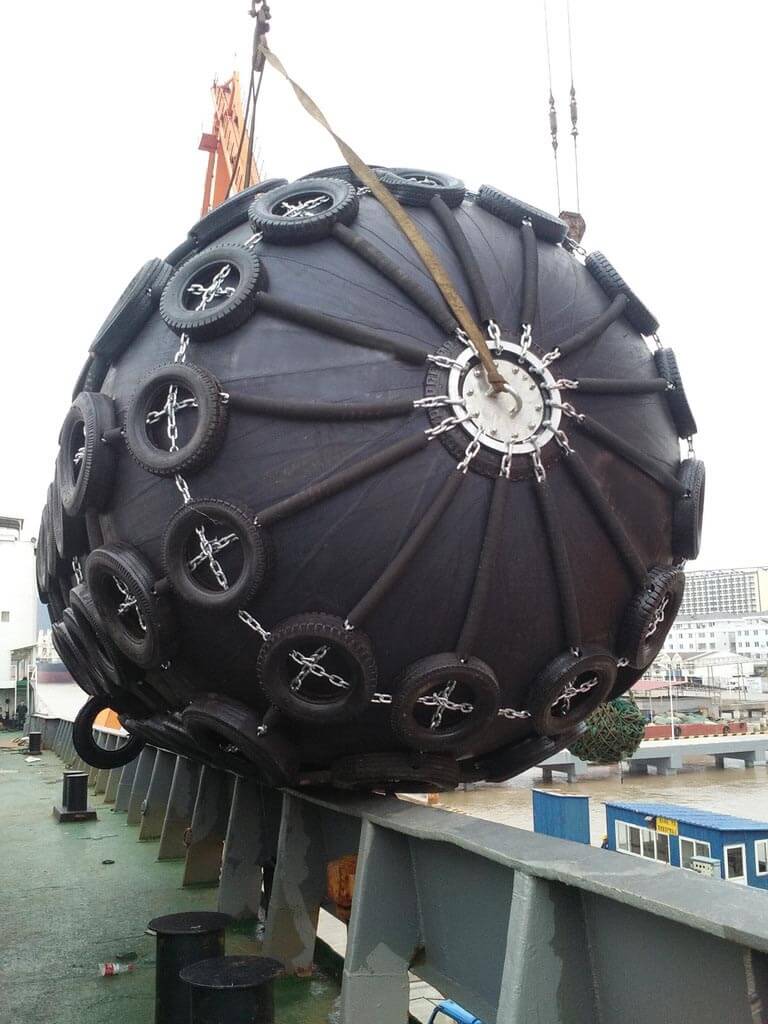
Effective Approaches for Rapid Installation and Replacement of Rubber Fenders
1. Modular Fender Systems
One of the major advancements in fender design is the use modules. In contrast to traditional fenders made of one piece modular systems comprise modular components like the frontal panel, the energy-absorbing components as well as mounting brackets. They can be assembled on site or offsite, and put in place quickly, which reduces cost and time to work.
Benefits:
- Repairing damaged parts is simple
- Logistics and inventory are simplified.
- Minimal vessel downtime during maintenance
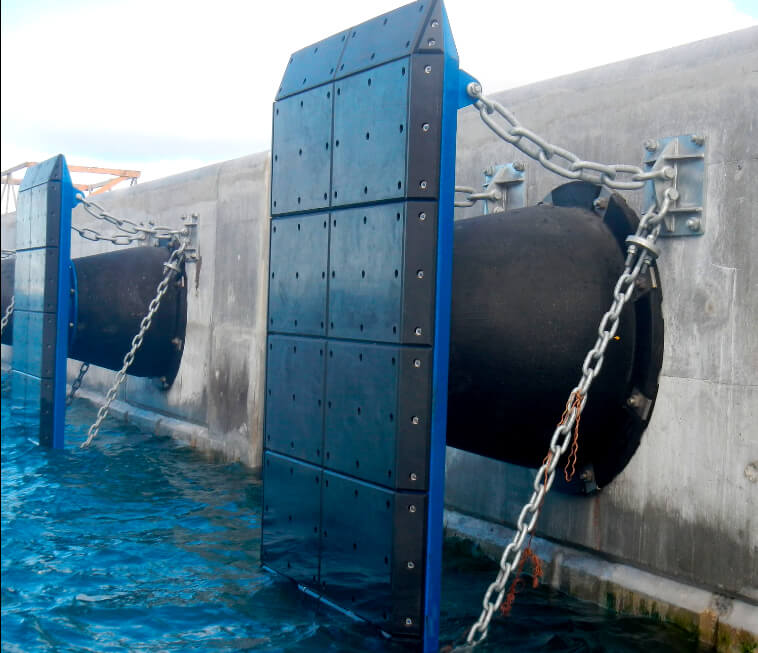
Modular rubber fender systems
2. Pre-Fabricated Mounting Frames
Frames and brackets that are pre-fabricated for mounting can greatly speed up the installation process. They are designed to fit the structure of the dock and fender’s dimensions, allowing for fast welding or bolting in the course of installation. Pre-fabrication precision eliminates the requirement for costly adjustments on the spot.
Benefits:
- Consistent installation quality
- The need for skilled workers is reduced on-site
- Improved security and accuracy of alignment
3. Quick-Release Fastening Systems
Quick-release systems or bolt-on fasteners can also be used to speed up both removal and installation. The specially designed anchors and fasteners permit fenders to be safely installed without the need for curing adhesives or lengthy setup time. These types of systems are especially useful in locations where fenders are often removed to be inspected or replaced.
Benefits:
- Faster turnaround during replacement
- Lower maintenance downtime
- Secure and repeatable detachment, and Reattachment
4. Use of Lifting and Positioning Equipment
Mechanical aids like crane hoists mobile lifting frames along with hydraulic alignment equipment reduce manual labor, and improve the alignment and securement of fenders. Making use of these tools will ensure that the oversized or awkwardly-shaped Fenders are properly placed from the very first time.
Benefits:
- Safety of workers is improved
- Time-saving for installations
- Perfect for ports with high capacity as well as terminals
5. Corrosion-Resistant Fixings and Coatings
Anti-corrosion coatings that last longer and are more durable decrease the frequency of replacing and maintaining fenders. Galvanized bolts as well as marine-grade stainless steel components and UV-resistant coatings on rubber can extend the lifecycle of fender components, while reducing the necessity for disruptive interventions.
Benefits:
- Less replacements as time passes
- It is easier to disassemble due to the resistance to corrosion
- Cost of ownership is lower overall.
6. Digital Planning and Installation Guides
Modern ports are using 3D models and electronic documentation to design installation before the work gets underway. Digital tools can help engineers visualize placements, pinpoint the stress points and then visualize the most efficient sequence of operation. Augmented Reality (AR) and QR-code-tagged components are emerging as tools to improve the efficiency of work on site.
Benefits:
- Human error is reduced to a minimum
- Reduction in time for site preparation
- Digitally streamlined workflows with streamlined workflows
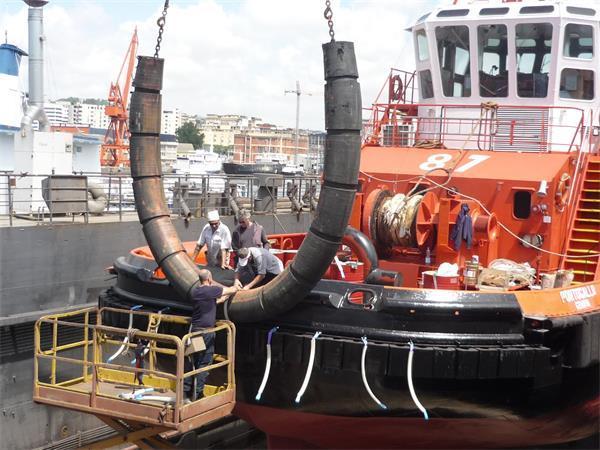
Future Technical Trends in Rapid Installation and Replacement of Rubber Fenders
With the continuing growth of maritime trade around the world and the increasing emphasis on efficiency in operations in terminals and ports the future of the technology for rubber fenders is shifting towards quicker and safer replacement and installation methods.
1. Modular and Standardized Fender Systems
The most transformational developments is the development of modular rubber Fender systems. Future designs will be based on plug-and-play technology which means that important components like components made of rubber, frontal panels and anchoring structures are standardized to ensure compatibility. This modularity allows users to easily swap out worn components without the need for a complete system replacement significantly reducing the amount of work and time.
2. Advanced Composite and Smart Materials
The development of new materials is underway to enhance performance and durability while also reducing weight. This includes fiber-reinforced rubber composites, as well as those with increased UV chemical, saltwater, and UV resistance. Additionally, smart rubber materials equipped with sensors are being developed, which provide real-time data on fender condition and deformation levels as well as the cumulative impact. These materials are able to provide pre-planned maintenance and eliminate the need for costly replacements.
3. Integration of Sensor Technology and IoT
Internet of Things (IoT) integration has revolutionized marine infrastructure. Rubber fenders with RFID tags pressure sensors, fender tags, and load monitors transmit data to central systems. This allows constant monitoring of the fender’s usage and real-time alerts for overloading conditions, as well as automatic scheduling of inspections or replacements. All of these improve security and efficiency.
4. Automation and Robotic Assistance
Robotic tools and mechanized tools are expected to play an more prominent role in the construction of fender systems with large dimensions. Robotic arms and magnetic lifting devices as well as guided alignment devices will dramatically minimize the stress on the body as well as amount of time required to ensure a precise mounting. These techniques are especially useful for remote, restricted ports with high traffic.
5. Digital Twins and Simulation Tools
The technology of digital twins is more frequently used in projects for marine infrastructure. By creating virtual replicas ports and fender structures engineers can model structures, identify the stress points and improve the placement of structures prior to actual installation. This makes adjustments less frequent on site and allows for quicker and more precise installations.
6. Cloud-Based Maintenance Platforms
The usage of mobile and cloud-based platforms is increasing which allows operators to access maintenance documents, installation guides and data about the system in real-time on handheld devices. Digital solutions help streamline documentation, increase collaboration between teams, and ensure that the same processes are implemented across worldwide operations.
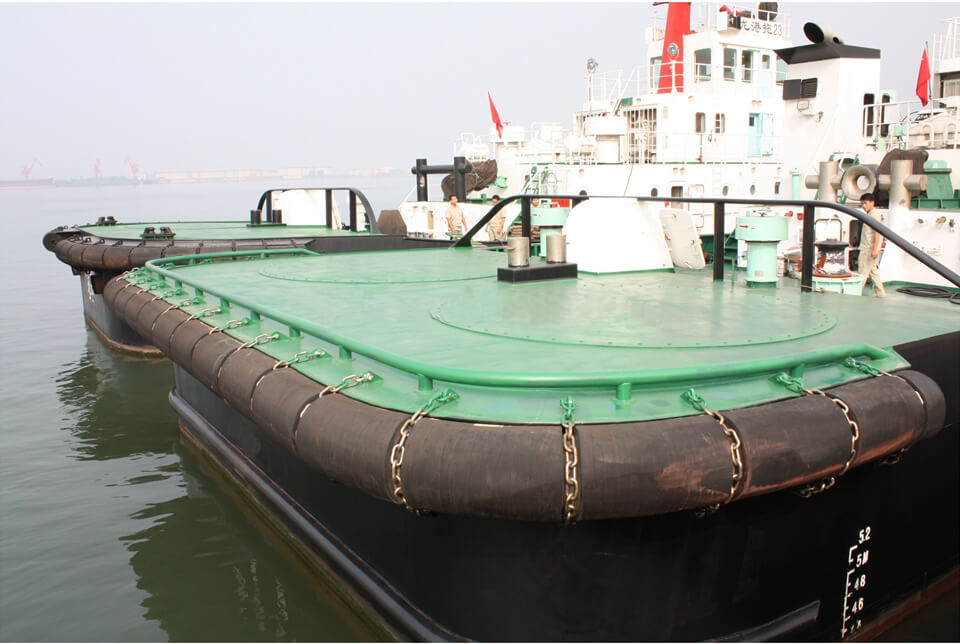
Summary
Rapid replacement and installation of rubber fenders is not only a matter of convenience. It is now an essential need for high-throughput marine terminals. Utilizing flexible designs and a quick release system, prefabricated supports mechanical aids, digital planning ports, etc, operators are able to significantly reduce downtime, improve safety and increase overall efficiency.



